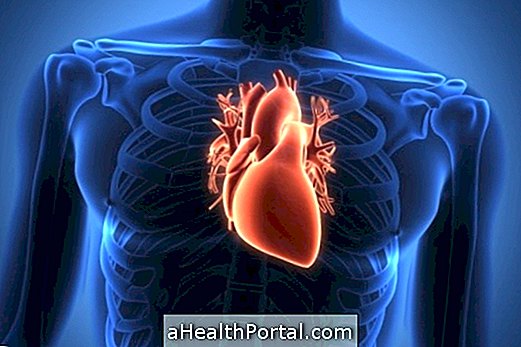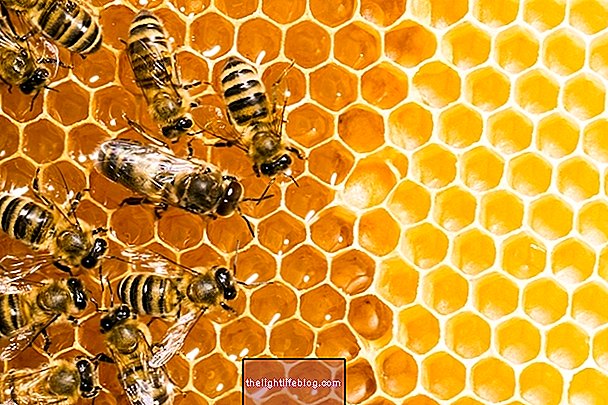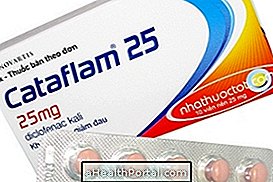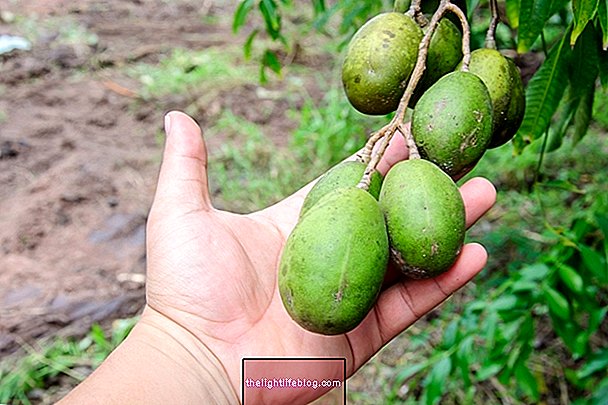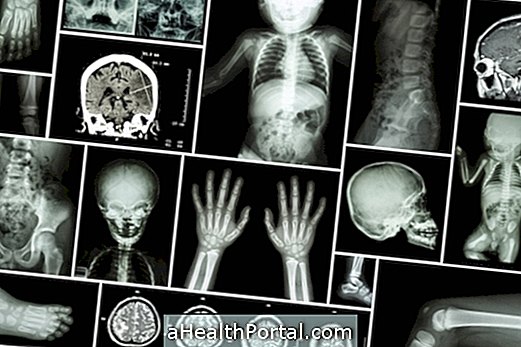The ideal diet for pre-diabetes is the consumption of foods with low to medium glycemic index, such as fruits, vegetables, brown rice and beans, as they tend to lower blood sugar level as necessary to prevent the development of Diabetes Mellitus .
In addition, including fiber, protein and fat in meals also helps reduce blood sugar increase, and it is important to routinely include foods such as fruits in shell and bagasse, raw vegetables, meats, eggs and olive oil, for example.
See what your risk is by entering your data into the following calculator:
- 1
- 2
- 3
- 4
- 5
- 6
- 7
- 8
Learn about your risk of developing diabetes
Start the test
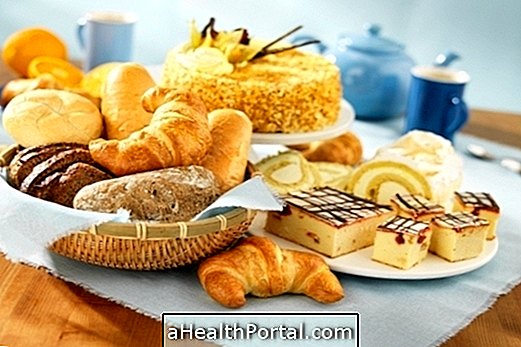
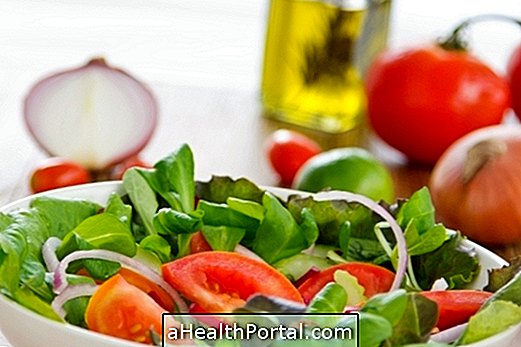
- Male
- female
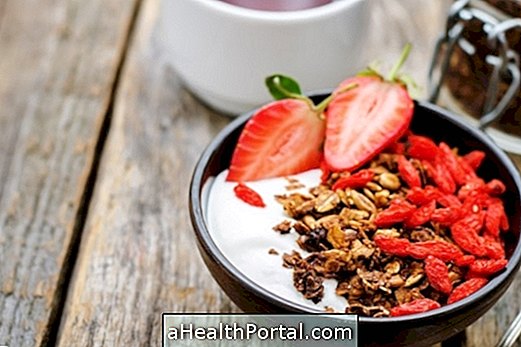
- Less than 40 years
- Between 40 and 50 years
- Between 50 and 60 years
- Over 60 years



- Greater than 102 cm
- Between 94 and 102 cm
- Less than 94 cm

- Yes
- Not

- Two more times a week
- Less than twice a week

- Not
- Yes, relatives in 1st grade: parents and / or siblings
- Yes, relatives in 2nd grade: grandparents and / or uncles
Prohibited foods for pre-diabetes
Forbidden foods in pre-diabetes are the source of carbohydrates and rapid absorption, such as:
- Food rich in white flour: white breads, cakes, biscuits, salted;
- Foods rich in sugar: chocolate, sweets, fruit jellies, ice cream;
- Beverages: soft drinks, industrialized juices, energy drinks, coffee or sugared teas;
- Other: white rice, potatoes, pasta, fast food.
In addition, it is important to remember that even healthy foods, such as fruits and natural fruit juices, should be consumed in moderation to avoid blood glucose spikes. See 3 steps to decrease sugar consumption.

Foods Allowed for Pre-Diabetes
The foods that can be eaten more peacefully for pre-diabetes are:
- Meats in general: beef, pork, chicken, fish, lamb;
- Vegetables and vegetables in general;
- Fruit, provided it does not exceed 2 units per meal;
- Legumes, such as beans, soybeans, chickpeas, peas, fava beans, lentils;
- Whole grains: rice, pasta, wholemeal flour, oats;
- Oilseeds: nuts, peanuts, walnuts, almonds, pistachios;
- Good fats: olive oil, coconut oil, butter.
It is important to remember that the pre-diabetic can eat all kinds of food, but should prefer the natural foods, with little flour and no sugar, because it is the frequent consumption of foods rich in simple carbohydrates that lead to increased blood glucose. See more examples of foods that prevent diabetes.
How to set up a menu for pre-diabetes
To set up a menu to prevent diabetes, one should always try to consume high-fiber foods along with foods high in protein or good fats, as shown below:

Main meals: lunch and dinner
Lunch and dinner should be rich in raw vegetable salad or sauteed in olive oil, which is rich in good fats. Then you can choose a carbohydrate source, such as rice or whole pasta, potato or farofa, for example. If you want to consume 2 types of carbohydrate, you should put small portions of each on the plate.
Also, it should consume a good amount of protein, which are mainly in foods like meats, chicken, fish and eggs. After the meal, one should prefer the consumption of a fruit as dessert, being a better choice than the juice, since the fruit contains fibers that help to control the blood glucose.
Breakfast and Snacks
Small snacks can be made by combining 1 fruit with natural yogurt, for example, or with oil seeds such as nuts, peanuts and almonds, for example. Another option is to use the fruit with 2 or 3 squares of 70% chocolate, or sweeten the natural yogurt with 1 tablespoon of honey.
In larger snacks and at breakfast, one should prefer to eat whole breads always stuffed with eggs, cheeses, shredded chicken or ground meats, for example. This mixture helps regulate blood glucose because the protein in the filling is harder to digest, which also slows down the absorption of bread in the intestine, helping to avoid spikes in blood sugar. Know which foods have a low glycemic index.

Pre-diabetes menu
The following table provides an example of a 3-day pre-diabetes menu:
| Meal | Day 1 | Day 2 | Day 3 |
| Breakfast | 2 slices whole wheat bread with 1 egg scrambled in olive oil and 1 slice cheese + 1 cup unsweetened coffee | 1 cup of coffee without sugar milk + 1 slice of bread with cheese + 1 fruit | 1 cup sugar-free coffee + tapioca with max. 3 tablespoons of gum + 1 egg + 1 teaspoon of chia |
| Morning snack | 1 banana + 10 cashew nuts | 1 natural yoghurt + 1 tablespoon honey bee | 2 slices papaya with 2 teaspoons flaxseed or chia |
| Lunch dinner | 4 tablespoons of brown rice + 2 tablespoons of beans + 120g of steak cooked with vegetables + green salad with olive oil + 1 tangerine | 1/2 post roasted salmon in the oven + mashed potatoes + vegetable salad sautéed in olive oil + 2 slices of pineapple | 1 filet of chicken in tomato sauce + 3 forks of pasta + raw salad with sesame seeds + 1 orange |
| Afternoon snack | 1 natural yogurt + 1 slice of bread with cheese | vitamin: 200 ml milk + 1 banana + 1 tablespoon peanut paste or seeds | 1 cup coffee with milk + 1 fried banana with 2 slices of roasted cheese |
It is important to remember that both diabetes and pre-diabetes are problems that require medical and nutritional monitoring, and it is important to seek a nutritionist so that the menu is made according to the examinations and the needs of each individual.

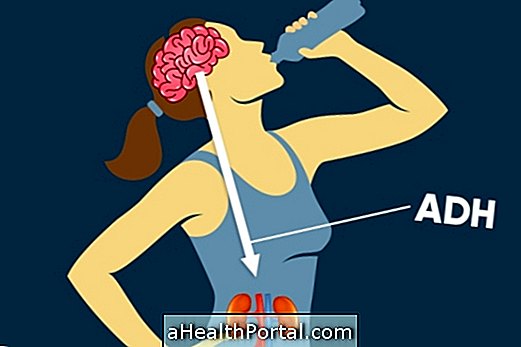

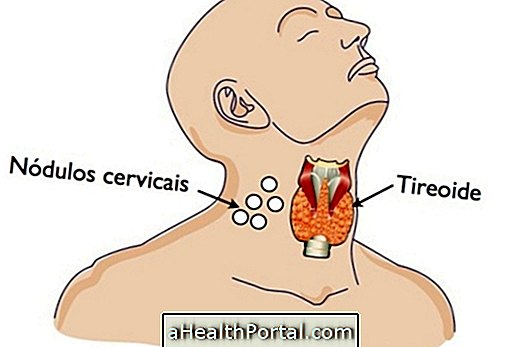



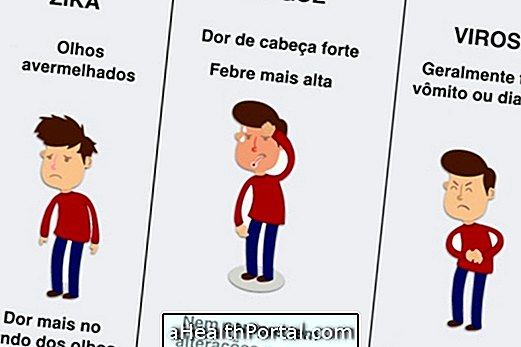


-o-que--sintomas-e-tratamento.jpg)
